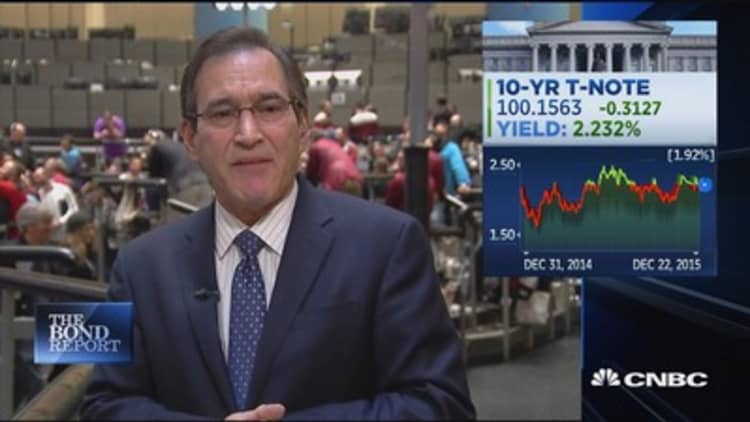The dollar rose in light trading on Wednesday with higher U.S. bond yields as data suggested a modest pace of economic expansion into year-end, albeit perhaps not enough for the Federal Reserve to quicken its pace on future rate increases.
Gains in Wall Street stock prices also underpinned support for the greenback, snapping its three-session losing streak, analysts said.
"Higher U.S. Treasuries yields is providing some support for the dollar," said Eric Viloria, currency strategist at Wells Fargo Securities in New York. "Data on the margin are somewhat helping the dollar as well."

Two-year Treasuries yields edged up 1.5 basis point to 0.993 percent following data that showed a decent 0.3 percent rise in personal income last month and consumer sentiment hitting a five-month high in December. The Standard & Poor's 500 index was up 0.9 percent.
The latest snapshot on the consumer sector, which accounts for two-thirds of the U.S. economy, offset disappointing data on durable goods orders and new home sales.
The dollar index, which tracks the greenback against a basket of six currencies, was last up 0.16 percent at 98.39 after three losing sessions. It held above its 50-day moving average, signaling its bullish trend remains intact.
The euro slipped 0.37 percent to $1.091 and 0.49 percent to 131.88 yen.
The dollar fell for a fourth straight session against the yen, last down 0.13 percent at 120.86 .
Analysts expected the greenback to stay within its recent trading ranges against major currencies as trading volume falls further due to year-end holidays.
U.S. and most European financial markets will close on Friday for Christmas.
Meanwhile, a downward revision to 0.4 percent for UK GDP had little impact on sterling, which was up 0.27 percent at $1.4865. It had hit an eight-month low of $1.4806 on Tuesday, with analysts citing growing concerns about a British exit from Europe following a referendum on the issue which could be held as early as June.
"The referendum is keeping uncertainty high and demand for sterling low, and ... that should continue for the coming weeks and months," said currency strategist Manuel Oliveri with Credit Agricole in London.

